Yep, it’s here. Not sure where the year went, but we are now officially in peak season — an imperative time for many brands and merchants to finish the year on a high note. Hopefully, it culminates in raising a glass to toast a successful year, not drowning sorrows.
Some cheery news!
This past year has been challenging for many. Supply chain problems have persisted in nearly every industry, only to be compounded with economic conditions that bring about even more uncertainty. Still, according to a recent release by the National Retail Federation, we should expect a relatively strong holiday shopping season with growth between 6% and 8% over 2021, which was a record year with 13.5% growth. Further, the NRF expects online and other non-store sales to increase 10%-12% — great news for all in the ecommerce channel.
So, it seems we’re in for a solid season. For most brands and merchants, prepping for peak season involved a lot of forecasting, planning and investments to prepare, and now that most of that work is in the rearview mirror, it’s time to relax a bit and let your order management and fulfillment solutions execute. Or, is the execution the scary part?
Your fulfillment solution is a significant part of your customer experience and can have major impact on your brand. Does your solution enhance or damage your brand reputation? Peak season may be the perfect time to evaluate and determine if your solution will stand the test of time.
How would you grade your fulfillment provider in these areas this peak season?
- Extended receiving timelines: Do you have inventory arriving during peak? Some providers may implement changes in their receiving standards during peak season, taking longer to receive your product. For many brands, this can lead to depleted inventory and missed orders.
- Delayed order processing: Missed Service Level Agreements (SLAs) may seem to be the most noticeable consequence, but it may be important to understand how your provider plans and prioritizes as peak season approaches so you’ll know if they are a fit for the long haul, especially if it can impact your marketplace and retail business. Some lag may be reasonable; however, if your orders fall outside of your SLA by days, not hours, your supplier may be prioritizing other business over yours or may suffer from a lack of ability to plan and adjust.
- Inadequate shipping technology and network: Slow order processing is one thing, but slow shipping only compounds the problem. Best-in-breed fulfillment companies have programming and sophisticated algorithms in place to choose the fastest, most economical shipper available from the nearest fulfillment center. To leverage the technology, a blended shipping strategy supports fast, low-cost shipping by including regional carrier options beyond the typical UPS and FedEx.
- Lack of communication: Let’s face it, poor customer service has become commonplace these days. It’s one thing to have an inattentive bartender, but it’s something entirely different when it’s the livelihood of your business on the line. If your provider isn’t communicative and responsive to your needs, maybe it’s time to reevaluate.
So, if after this peak season, you give your provider an A, that’s great! You’re a match made in heaven. If you give them a C, maybe it’s not an emergency, but be sure to keep the lines of communication open to understand their process improvement strategy for next year. If it’s a D or an F, it’s time to do some serious thinking on whether or not it’s time to move on so you’ll have a new solution in place for next peak season.
Hopefully in the coming weeks, you find yourself raising that glass high and toasting a successful 2022!




